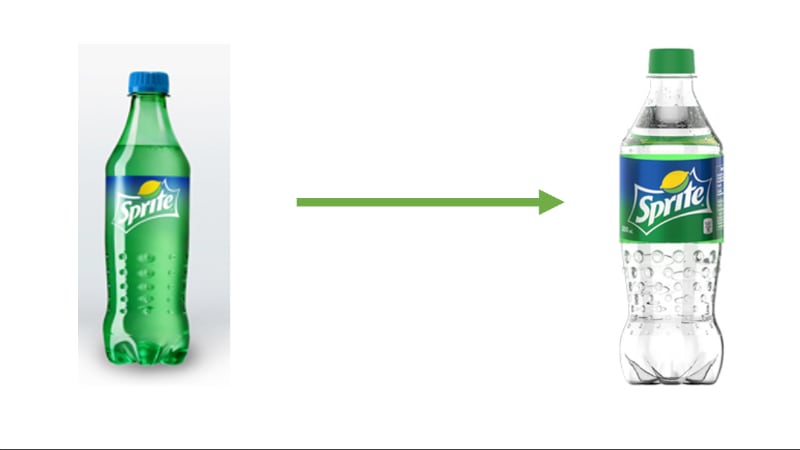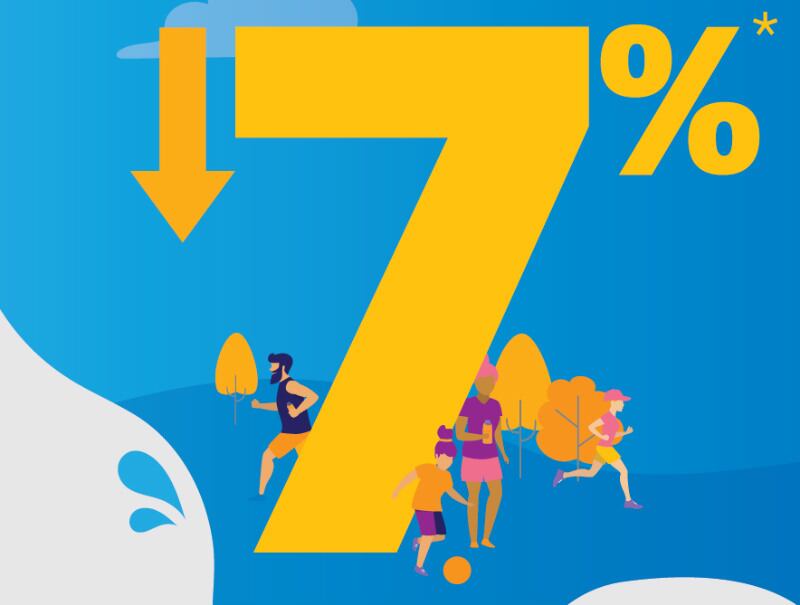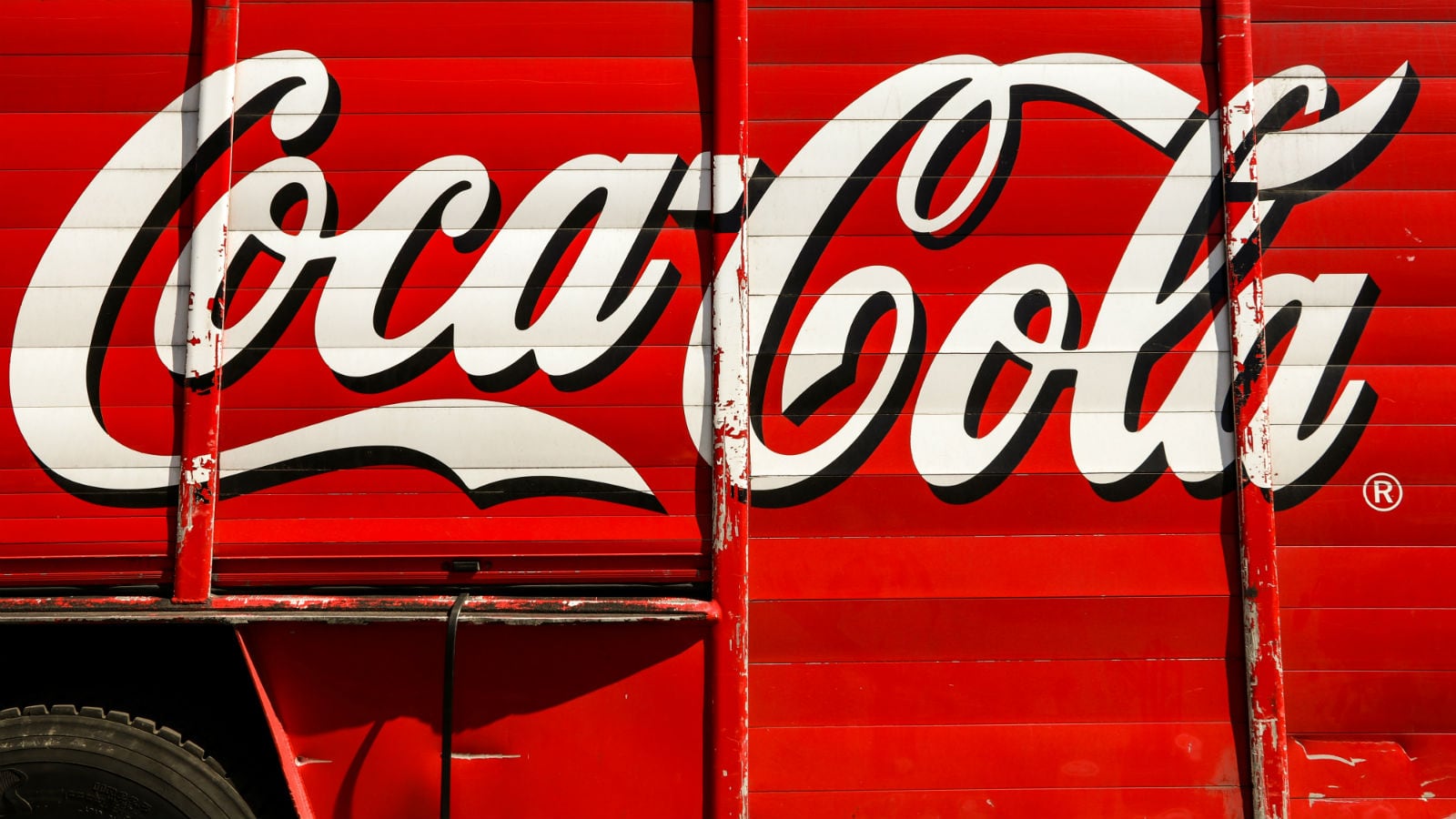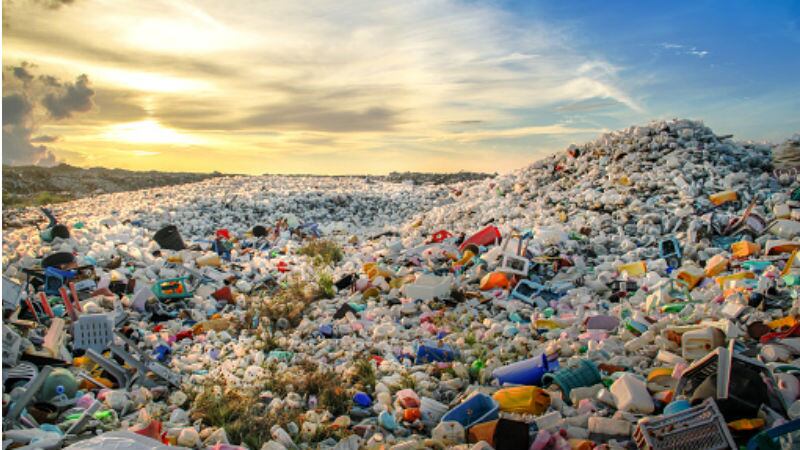The firm says this is line with its objectives of increasing PET plastic use in a sustainable manner.
Since Sprite was first launched in the ASEAN region in Philippines back in 1968, it has been retailed in green-coloured bottles, even when sold in its classic glass packaging.
At the recent United Nations environmental programme SEA of Solutions in Bangkok, Coca-Cola emphasised its commitment to recyclability and particularly its interest in highlighting PET as a ‘sustainable solution’.
“A PET bottle actually has a significantly lower carbon footprint than the equivalent amount of aluminium and glass, which gets reduced even further when recycled content is included. A recycled PET bottle has even less of a carbon footprint,” Coca-Cola Asia Pacific Leads for Communications, Sustainability and Public Affairs Matt Echols told FoodNavigator-Asia.
“So, for the beverage sector, it’s important that we work to get to a closed-loop circular economy especially for high-value, 100% recyclable plastics like PET.”
The company’s move to switch Sprite packaging from coloured to transparent is a clear move in this direction, as coloured PET bottles are more likely to contain pigments such as titanium dioxide which would contaminate the recycling process.
A similar move has already been implemented in Coca-Cola’s Western Europe markets.
“Our research in six countries across ASEAN has shown that a change from coloured PET to transparent PET greatly increases the value of the plastic in the after-use market and therefore its ability to remain in a circular economy,” said sustainability research firm GA Circular’s CEO and Founder Ashwin Subramaniam via an official statement.
“Phasing out the use of coloured PET beverage packaging is a key recommendation in our new report on accelerating the circular economy for post-consumer PET bottles in Southeast Asia.”
South East Asia focus
The switch for Sprite will start in the Philippines, and for good reason. Plastic packaging has gained a notoriously bad name in the country, especially after huge waves of plastic waste hit the capital city Manila in September 2018, leaving tons of waste in its aftermath, much of it plastic.
“We are beginning the transition this month in the Philippines, our largest market in ASEAN, and will expand to other markets in Southeast Asia through 2020,” said Coca-Cola ASEAN Public Affairs, Communications and Sustainability Director Belinda Ford.
“We all recognise that packaging waste is a major, urgent issue, especially in Southeast Asia. [This] is a solvable problem and, together with our partners, we’re taking action now across ASEAN to be part of the solution.”
Beyond South East Asia, Coca-Cola has also moved to push for a recyclability and circular economy emphasis in the rest of the Asia Pacific region.
“The beverage sector needs to continue offering consumers a choice of recyclable packaging formats and needs to make it easy and convenient for consumers to be part of a circular economy. Moving toward a circular economy will ultimately reduce the amount of virgin materials needed in this sector,” said Echols.
“For example, In March 2019, [Coca-Cola in] Australia announced [that] all plastic bottles sized 600ml and under will be made from 100% recycled plastic by the end of the year, including all brands from Coca-Cola, Fanta, Sprite, Powerade and local water brands Pump and Mount Franklin. That’s seven out of 10 of Coca-Cola’s range of drink bottles in Australia.”





